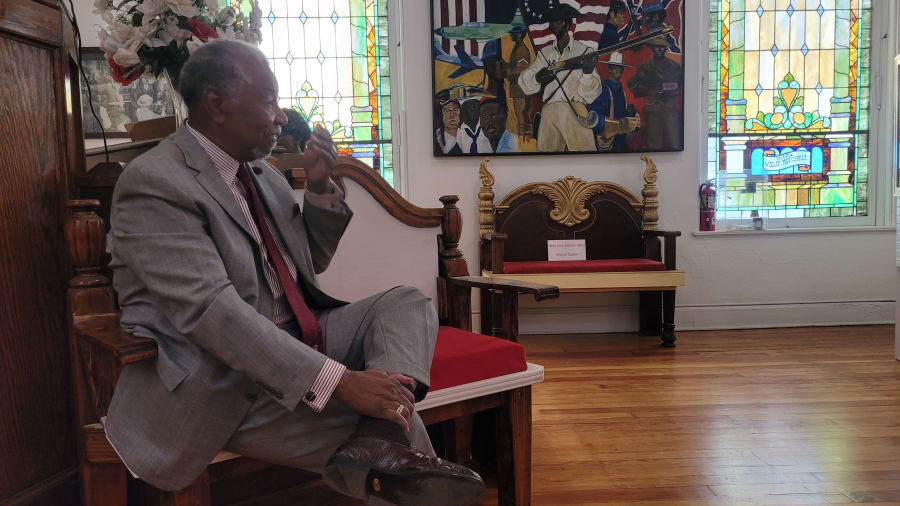SAN ANTONIO – Thirty years ago, Charles Williams had a very specific vision in his mind.
Now, he finally is able to look upon those images with his own two eyes, in the form of brand new museum that he built from the ground up.
“I felt a profound need to do this, not just for me but for the community,” Williams said. “As you see it standing today, I saw it looking this way at least 15 years ago.”

With words, pictures, and personal property he has collected for decades, he created the Williams Historical Museum as a way to pay tribute to one particular segment of the local community.
It honors both the triumphs and struggles of African Americans in San Antonio throughout the years.
“These people laid the groundwork for us to be here today, doing what we’re doing and enjoying some of the benefits,” he said.
Williams, himself, is like a walking history book.

He is glad to give a guided tour, pointing out people in his photos and telling stories about each one.
Williams’ story began in Granger, Texas, where he once worked in the fields, picking cotton.
In 1957, he moved to San Antonio where he began working as a barber.
He said he was impressed by the entrepreneurial spirit among local African Americans at the time.
Eventually, he became a businessman, himself, opening and operating only the second African American barber college in the city.
Williams never forgot the people who inspired him, though.
Many of their faces now decorate the walls of his museum.

Some of the displays are more personal than others. For example, a scale that was used to weigh bales of cotton, and an old replica of a coal-burning stove, are images straight out of Williams’ childhood.
“Just a lot of history here that I don’t think you’ll find anywhere else,” he said.
The building that houses the museum, located in the 500 block of Montana Street, is a piece of local history, itself.
It is a former church that is more than a century old and once was the home of St. Joseph’s African Methodist Episcopal Church.
However, when Williams bought it three years ago, it had fallen into ruins.
With government grants and his own personal savings, he poured thousands of dollars into restoring it.
Still, it was a small price to pay, he says, compared to what others before him have given.
“(They) made a tremendous sacrifice on their lives and on their families’ lives in order for life to be better for minorities in San Antonio,” Williams said.
His hope now is that others will learn from his collection and appreciate the accomplishments of those trailblazers.
The museum officially opens to the public December 9.
It will operate Tuesdays through Saturdays from 9 a.m. to 5 p.m.
Admission for adults is $17, and $12 for children.


